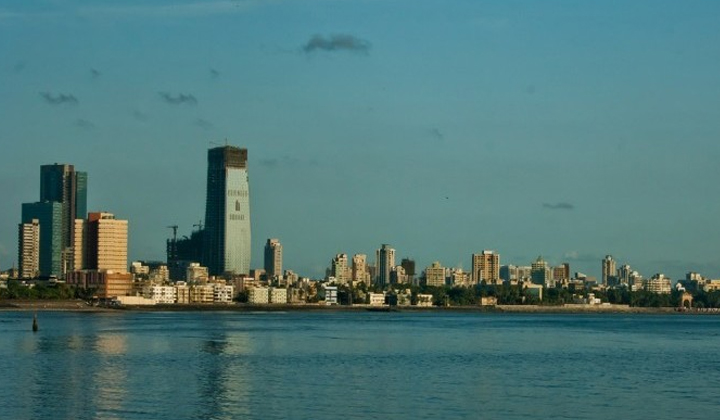Trending Now
- Action should be taken against the cops who protect the Ganja accused in TN : PMK leader Anbumani Ramdoss
- Votes that go to Congress or INDI alliance is a waste : PM Modi
- Court grants one-day custody to police to investigate Youtuber Savukku Shankar.
- We actually got our independence only in 2014. The independence to change this country as it should be : Actor , politician, Kangana Ranaut
Real Estate
Life In A Metro: Why Bengaluru Must Have A Mass Transit Network
![]() January 22, 2016
January 22, 2016
Shanu
With the announcement that Namma Metro Phase-I is likely to miss its completion deadline of July 2016, a question has emerged on how crucial is a mass transit network for a city like Bengaluru.
City and its people
Indian’s densely populated metro cities are apt for building mass transit networks, and Bengaluru is no exception. Bengaluru’s population growth is eight folds higher than that of comparable South Indian cities such as Chennai. From 2001 to 2011, the decadal population growth of Bengaluru was 65.2 per cent, while Chennai’s population growth in the same period was merely 7.8 per cent. This is partly because of migration from other cities and states to the Karnataka capital, and partly because of the high fertility rate in the city.
Infra need improvement
The media often describes Bengaluru as a city where software engineers spend many hours commuting on the roads filled with tens of thousands of potholes. In a prosperous city like Bengaluru, there is no shortage of resources to build infrastructure sufficient to meet its needs. In Fact, city residents claim that they are willing to pay more for better public transport.
Feasible enough?
When a feasibility study of the Bangalore Metro was done in 2003, it was found that the economic return from the network would be 22.3 per cent, which is higher than usual. The metro system in Chennai, for example, does not recover the costs. The metro system in Delhi, one of the rare success stories of India’s public sector which is largely profitable, does not recover operating costs in most of the routes. However, the high population density in Indian metropolises makes mass transit more viable than in most cities in the developed countries.
What could be the speed breakers?
Of the major constraints metro trains in Bengaluru would face is that much of the real estate development in the city happens in the periphery. The Bangalore Municipal Corporation allows higher floor area ratio (FAR) in the periphery, while the metro system requires a high FSI around the main transit corridors.
The cost of building a mass transit system is much higher than the cost of improving road transport. And, when the feasibility of metro networks is estimated, risk involved in the venture are not taken into account. The 16. 5-km of Metro in Kolkata, for example, took 23 years to build. This shows it is important to factor in the delays and various other risks involved in large infrastructure projects.
While the operating costs of the metro systems is high, passenger volumes are lower in comparison. This is largely because of the near uniform usage of land throughout the city, without a significant difference between the height of buildings in the central business district and the periphery. This is also because residential and commercial enterprises are not clustered around metro transit stations. A significant change in land use patterns is necessary to capture the full potential benefits from a metro system.
























